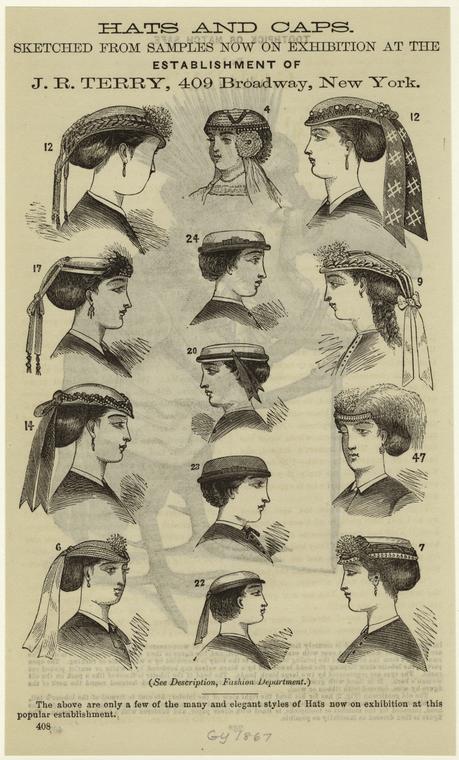I'm teaching a course this semester on American history from 1783-1865. I'd like to introduce the students more to everyday life than I have in previous years. So, I'm asking questions like: How
 did Americans behave, dress, eat, live, work, worship, and play? What can we learn from reading the material culture and the manners of, say, the Early Republic or the Age of Jackson?
did Americans behave, dress, eat, live, work, worship, and play? What can we learn from reading the material culture and the manners of, say, the Early Republic or the Age of Jackson?A look at Jack Larkin's excellent The Reshaping of Everyday Life: 1790-1840 (Harper, 1989) seemed like a good place to start. The book is part of a series that examines the intimate and public lives of Americans in a given period. I read a couple of short passages to the class on Thursday. For example, Larkin says this of how Americans were greeting each other in the Jacksonian period:
Shaking hands became the accustomed American greeting between men, a gesture whose symmetry and mutuality signified equality. The Englishman Frederick Marryat found in 1835 that it was 'invariably the custom to shake hands' when he was introduced to Americans, and that he could not carefully grade the acknowledgment he would give to new acquaintances according to their signs of wealth and breeding. He found instead he had to 'go on shaking hands here, there and everywhere, and with everybody.'
All this will overlap nicely with a book that the class is reading--Leo Damrosch's wonderfully entertaining and insightful Tocqueville's Discovery of America (FSG, 2010). In Damrosch's telling Tocqueville was quite sensitive to the styles, cultural peculiarities, and attitudes of the Americans he encountered in his trek across the country in 1831 and 1832.
I have been doing some searches on-line for websites and resources for the teaching of material culture. I wonder if their is a one-stop site that would include bibliographies and short summaries of what material culture and style can tell us about a given era? What can we know
 about American men over the decades by looking at changes in facial hair? (That topic would certainly lend itself to an interactive graphic.) Or, as one student asked me several years ago: Why did men have outrageous mustaches and lambchops--like cats and walruses--in the 1850s-1870s and why did so few have the same in the 1920s and 1930s? I don't really know. For those later decades, maybe faces were supposed to look like the fronts of streamlined trains. What can we learn about men and women, children and adults, in the Jacksonian period by looking at the clothes they wore? How might we compare those styles with ones from today? Can we speak about the democratization of architecture, speech, or, as Larkin writes, physical greetings?
about American men over the decades by looking at changes in facial hair? (That topic would certainly lend itself to an interactive graphic.) Or, as one student asked me several years ago: Why did men have outrageous mustaches and lambchops--like cats and walruses--in the 1850s-1870s and why did so few have the same in the 1920s and 1930s? I don't really know. For those later decades, maybe faces were supposed to look like the fronts of streamlined trains. What can we learn about men and women, children and adults, in the Jacksonian period by looking at the clothes they wore? How might we compare those styles with ones from today? Can we speak about the democratization of architecture, speech, or, as Larkin writes, physical greetings?Students seem to have fun with these kinds of topics. I do as well, though, I know little about them. So . . . if anyone out there knows of some on-line resources to get at these kinds of material culture and cultural history questions, please let us know.






2 comments:
Randall: I got very into clothing changes at one point, intending to incorporate how Western images spread through society through clothing styles (they did, in a big way) in a book. I never got to use that material, but I did talk to a bunch of costume designers, because they have to know everything about past clothing styles to reconstruct them for the stage. They had books-- huge books-- of clothing through the ages, but they also went to a few reliable websites. I don't recall now what they were, but I do remember they weren't hard to find. The trick is to search for "costume design," rather than using historical terms.
Heather: Thanks for the helpful comment. I'll have to do some searches of "costume design" and "historical context," or something like that.
Post a Comment